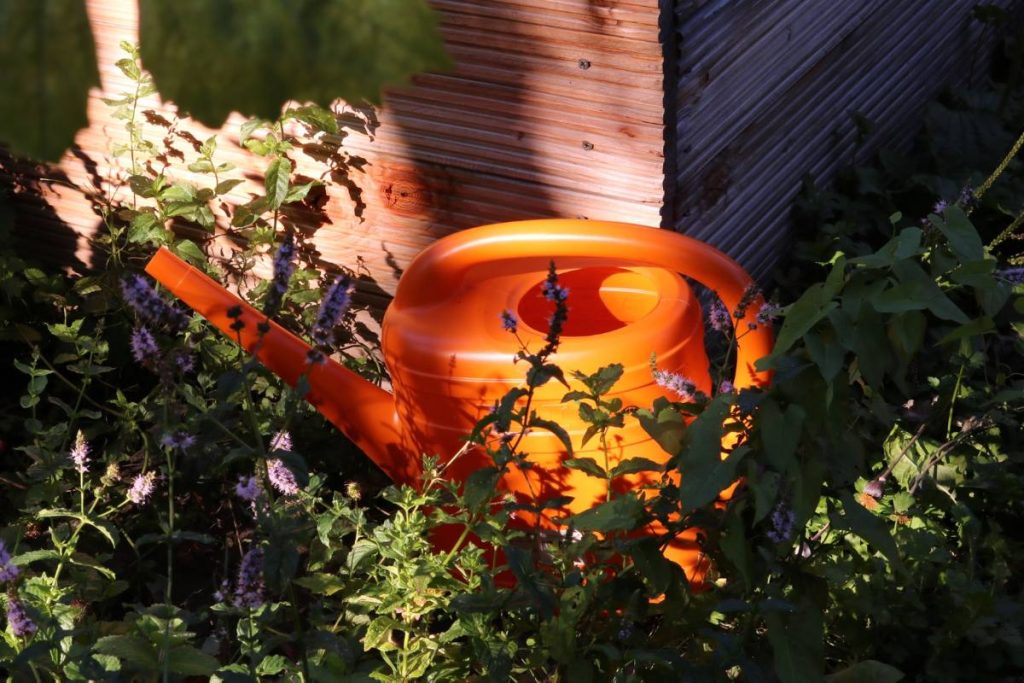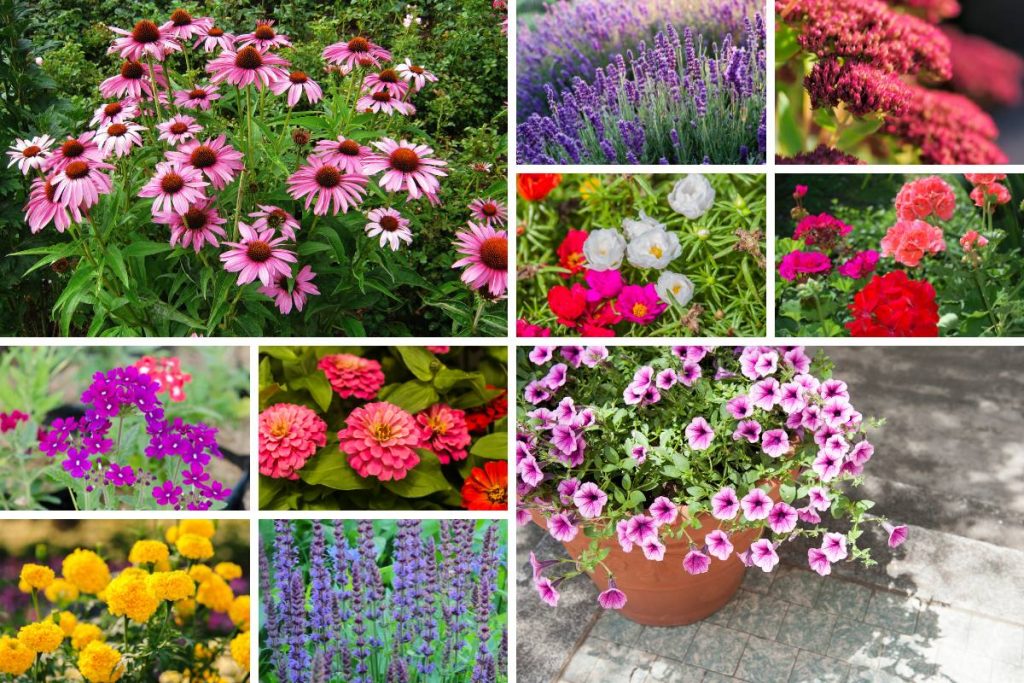Gardening can be challenging where the sun is beating down in warmer climates because within a short period the plants could be pleading for water. Prolonged exposure to direct heat and high temperature can often lead to moisture loss.
But fear not! Your plants will not only survive the heat but also flourish with the right system. Whether you’ve worked with plants for years or you’re new to gardening, these tips will help you create a vibrant garden that will withstand the intense heat.
Understanding Your Plant’s Water Needs
It is important to understand that plants do not need the same amount or frequency of watering. For instance, succulents and cacti can hold water in their leaves so they need fewer replenishment. On the other hand, tomatoes and cucumbers require a higher level of water to allow faster crop development or growth that will yield bountiful results.The secret to successful gardening in warmer environments is knowing the water requirements of each plant.
Take a careful look at the natural environments and hydration requirements of plants. Personalizing your watering schedule based on the needs of your plants allows them to grow in a favorable environment. Also keep in mind that drowning your plants with excess water than necessary can be as harmful as not supplying them with adequate moisture as they could harbor root rot and other diseases.
The Best Time to Water Plants in Warmer Regions
Timing is critical when it comes to hydrating your garden in warmer climates. The optimal moments to water are early morning or late afternoon, avoiding the peak evaporation rates of midday sun. These cooler parts of the day allow water to penetrate deeply into the soil, reaching the roots before the sun can whisk it away.
Watering in the early morning is particularly effective, as it prepares plants for the day’s heat, allowing ample time for water absorption. If morning watering isn’t possible, the late afternoon is a suitable alternative. Nevertheless, the risk of fungal diseases increases when plants are left wet overnight so remember to avoid watering too late in the evening.
Efficient Watering Methods
Efficient watering involves more than just timing; it also encompasses the methods used to deliver water to your plants. Using the appropriate tools and techniques can make all the difference in regions where water is a scarce resource.
- Use a watering can or hose with a nozzle: This method allows accurate water flow control and ensures that the water reaches up to where it’s most needed. It prevents wetting the foliage so it won’t lead to diseases.
- Consider drip irrigation: An automated drip irrigation system goes right to the ground where it is absorbed in soil. This method avoids water loss and evaporation. It is an effective technique for keeping the soil moist, which benefits plants in warm regions.
- Practice deep watering: Instead of a daily surface shower, do deep watering several times per week. This method increases the resilience of the plants and promotes their ability to tolerate drought.
Watering Special Cases: Cacti and Succulents
Arid plants like the cactus are created to live in dry conditions. They need a specific watering approach far different from the more water-dependent species.
- Wait for dry soil: Watering cactus or succulents only after the soil is completely dry can prevent root rot. Many new gardeners often overlook this.
- Water deeply but infrequently: Saturate the soil fully when you water and let it dry out thoroughly before re-watering. This could also mean watering just every week or based on a precarious local climate.
- Use the right soil: Select an appropriate well-draining soil mixture to keep water from sitting around roots and rotting them.
Recognizing Signs of Over and Under-Watering
Identifying whether your plants are receiving too much or too little water is key to maintaining their health, especially in warmer regions where the balance is delicate.
Over-watering manifests through symptoms like yellow or mushy leaves, the presence of mold or algae on the soil’s surface, and stunted growth despite consistent watering efforts. On the other hand, signs of under-watering include wilted, dry leaves with brown edges, soil receding from the pot’s edge, and halted growth accompanied by brittle stems.
Adjust your watering practices based on these indicators. If you spot signs of over-watering, allow the soil to dry more between sessions. For under-watered plants, increase the watering frequency or volume.
Conserving Water in Your Garden
It’s good for the planet to conserve water alongside keeping your plants healthy. Here are strategies for conserving water in the garden:
- Collect rainwater in barrels that can be used for gardening so as to save resources and costs.
- Mulching around plants allows the soil to retain just enough moisture. It also prevents weeds.
- Growing plants that do not need as much water in your garden can reduce consumption.

Conclusion
Watering is an art and mastering this skill will often determine whether gardens in warmer climates succeed or fail. If you familiarize yourself with the needs of your plants, correctly choose watering cycles and use effective methods then your garden will always remain lush without wasting a drop. With that in mind, the trick is to monitor your garden carefully and switch up how you work as needed. With these pointers, you are already on track to creating a thriving garden that can weather the heat.











